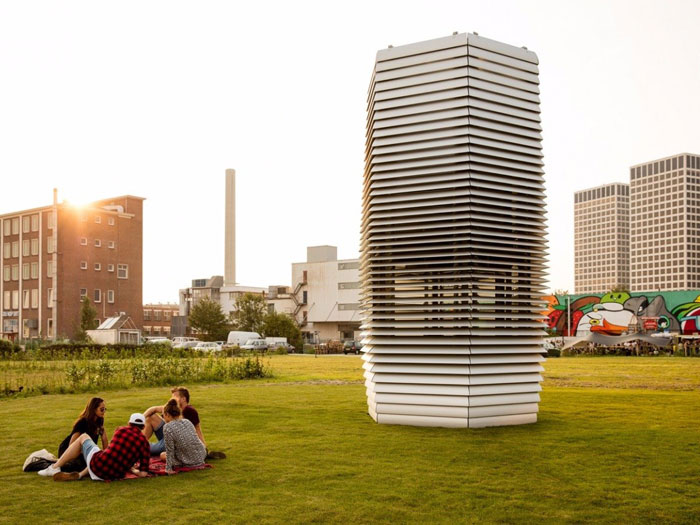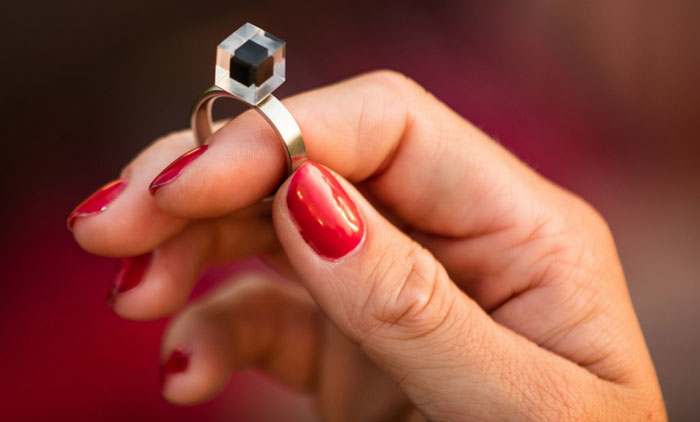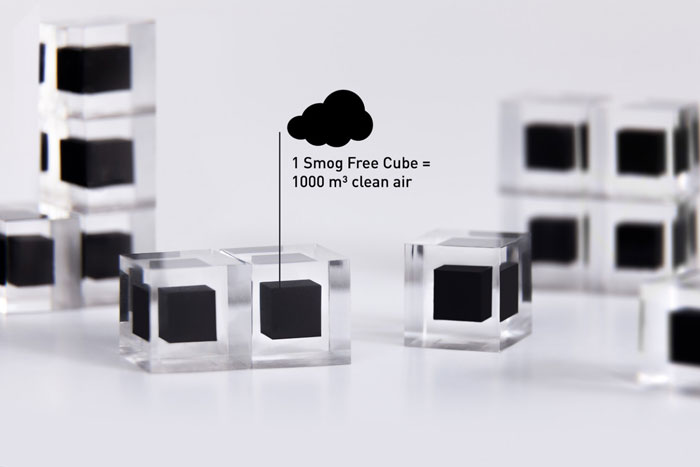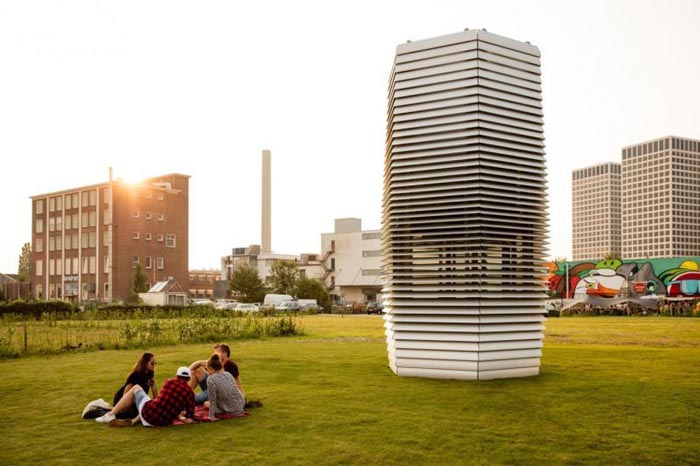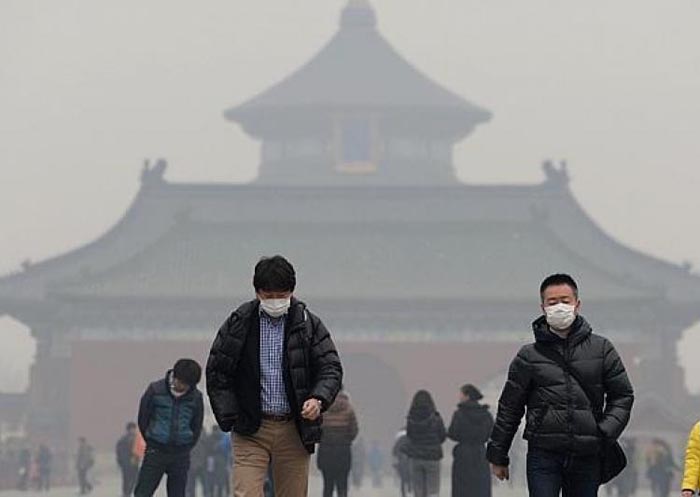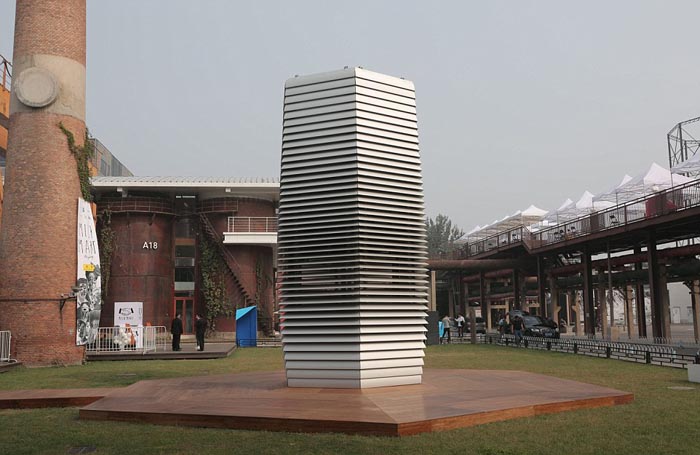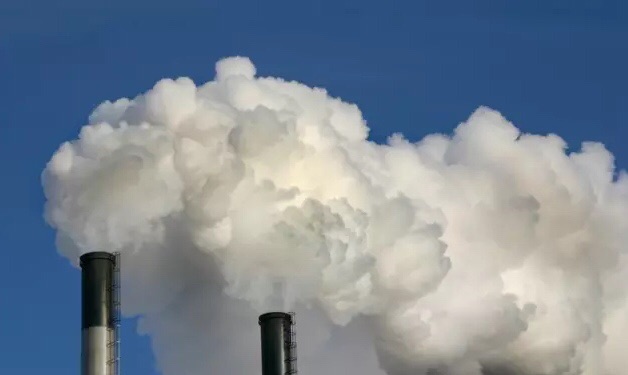Ensure safe Diwali for your pets: 7 tips to take care of pets this Diwali 2016—-Tip 6 use air purifier
Diwali is almost here, and we are sure you must be gearing up for the festival of lights. But if you are proud parents of adorable fur balls, you need to take extra precaution this time during Diwali. Though Diwali might be a perfect time for you to bond with families and friends, but your pet might have a difficult time coping with the festive season. So if you love your four-legged friends, you need to take some precautions to not stress out your pets.
During this festive season the air pollution and noise pollution shoots up leaving us all flustered thanks to the loud crackers and fire works. So given the fact that dogs have extremely sensitive ears and noses, they are subjected to much more stress during Diwali. The pets gets stressed and confused during Diwali because of the loud festive celebrations, so it is important to keep your dog calm at home. You need to make sure of a couple of things to make sure that they are stress free. You need to keep in mind the following tips to make sure that your pet is at ease during the Diwali festivities
1.Fire crackers

The loud fire crackers and fire works are bound to stress out your dog, so make sure that you accompany your dog all the time in a quite room. It is important to keep your dog calm and stress free, so use something to cover your pet’s ears. After consulting the vet, you can also give your pet an anti-anxiety pill.
2. Keep them company

So it’s all festive and fun, but make sure that your pets are not left behind alonme at home. If will notice that your pets will become even more stressed if they are wound up on their own o on Diwali with all the loud celebrations happening outside.
3. Don’t leave your doors ajar

Sine you know that your pet is very sensitive , you have to take some precautionary measures. Don’t leave the door ajar, also try to close the windows to protect your furry friend from the loud noise. You can also play soft music to soothe your pet and make them feel safe.
4. Party with your pet

With the Diwali parties and gatherings, you will have guests flowing in and out of your home. So while making your guests feel at home, do not ignore your pets. Never lock them up in another room or put them on a leash. If you do so, your pets will become insecure. Make your pets a part of your gathering and you will realise that they will be less stressed.
5. Say no to toxic colours

Keep your pets away from the Rangoli colours. Looking at something they have never seen before, they might get excited and roll in the pretty colours, but the toxic colours can be dangerous for them. If they consume if or simply come in contact with the Rangoli colour,s they might get food poisoning or skin infection.
6. Use air purifier

Since Diwali leads to a lot of air pollution, it could be bad for your pets. If you care about your four-legged friend, you need to invest in a good air purifier to eliminate indoor air pollutants. Not only will this help you to keep your dogs healthy on Diwali but all year long.
7. No lip smacking sweets

With Diwali, you will have a whole lot of lip smacking food preparation and sweets, but avoid feeding it to your pet. All the Diwali special rich and fried food can upset the tummy of your pets. So stick to the dog food or whatever your pet usually eats to keep your pet away from all the hassle.

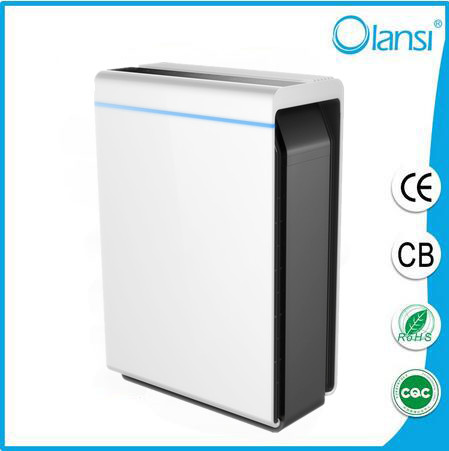
 As with many of the country’s more solemn situations, the choking smog blanketing Beijing since Monday has evoked such wisecracks from social media users making light of the dire air situation.
As with many of the country’s more solemn situations, the choking smog blanketing Beijing since Monday has evoked such wisecracks from social media users making light of the dire air situation.

